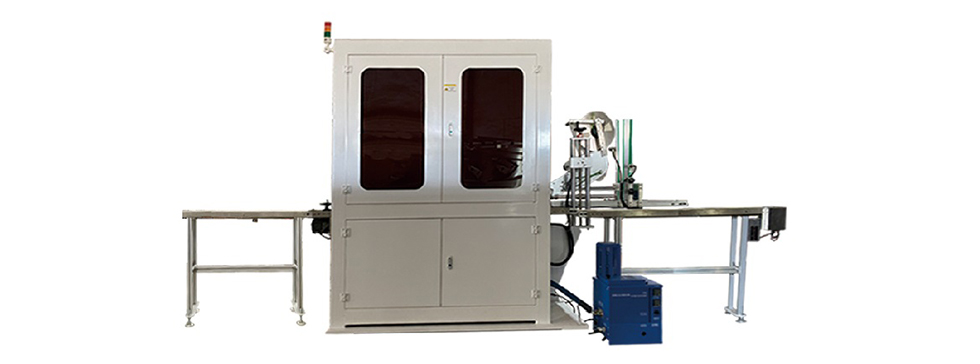How is the automatic plastic lid capping applicator’s user interface designed for ease of operation?
Designing the user interface (UI) for an automatic plastic lid capping applicator with a focus on ease of operation involves thoughtful consideration of user needs, simplicity, and intuitive interaction.
Here are some key principles and features commonly implemented for a user-friendly UI:
- Intuitive Layout:
- Organize the interface with a clear and logical layout. Group related functions and information together to reduce cognitive load on the user.
- Place frequently used features prominently, making them easily accessible.
- User-Friendly Navigation:
- Implement an intuitive navigation system with clear menus, buttons, and icons.
- Provide breadcrumb trails or navigation paths to help users understand their location within the system.
- Visual Clarity:
- Use clear and easily readable fonts, icons, and graphics.
- Ensure a high contrast between text and background colors to enhance visibility.
- Minimalist Design:
- Adopt a minimalist design approach by focusing on essential features and avoiding unnecessary clutter.
- Use white space effectively to reduce visual noise and enhance overall readability.
- Consistent Design Elements:
- Maintain consistency in the design elements, such as color schemes, fonts, and button styles, to create a cohesive and harmonious interface.
- Responsive Design:
- Ensure that the UI is responsive and adapts to different screen sizes and resolutions.
- Consider the use of responsive design principles for both desktop and mobile interfaces.
- Error Prevention and Guidance:
- Implement features to prevent user errors, such as confirmation dialogs for critical actions.
- Provide clear error messages with actionable guidance to help users recover from mistakes.
- Interactive Elements:
- Use interactive elements like buttons, sliders, automatic plastic lid capping applicator and checkboxes that are easy to understand and operate.
- Incorporate tooltips or help icons to provide additional information about specific functions.
- User Feedback:
- Include feedback mechanisms such as success messages, progress indicators, or visual cues to inform users about the status of their actions.
- Use color changes or animations to signify transitions or completion of tasks.
- Customizable Settings:
- Allow users to customize certain settings or preferences to accommodate different workflow requirements.
- Provide a user-friendly settings menu with clear options and descriptions.
- Task-Oriented Workflows:
- Design the interface around common user workflows, ensuring that essential tasks are easily accessible and logically sequenced.
- Minimize the number of steps required to complete routine operations.
- User Training and Support:
- Include help features, user manuals, or tooltips to assist users in understanding the functionality of the capping applicator.
- Consider incorporating tutorial elements for new users or complex operations.
- Language and Terminology:
- Use plain and concise language in menu items, labels, and instructions to avoid confusion.
- Ensure that the terminology aligns with users’ understanding of the capping process.
- User Testing:
- Conduct usability testing with potential users to gather feedback on the interface’s intuitiveness and effectiveness.
- Iterate and refine the design based on user testing results.
By incorporating these design principles and features, the user interface of the automatic plastic lid capping applicator can be optimized for ease of operation, enhancing user satisfaction and efficiency in carrying out capping tasks.
